1971: Johanna Hamilton documentary reveals how citizen burglars broke into FBI office and exposed huge abuse and public surveillance
For more than 40 years the identity of the burglars was a closely held secret
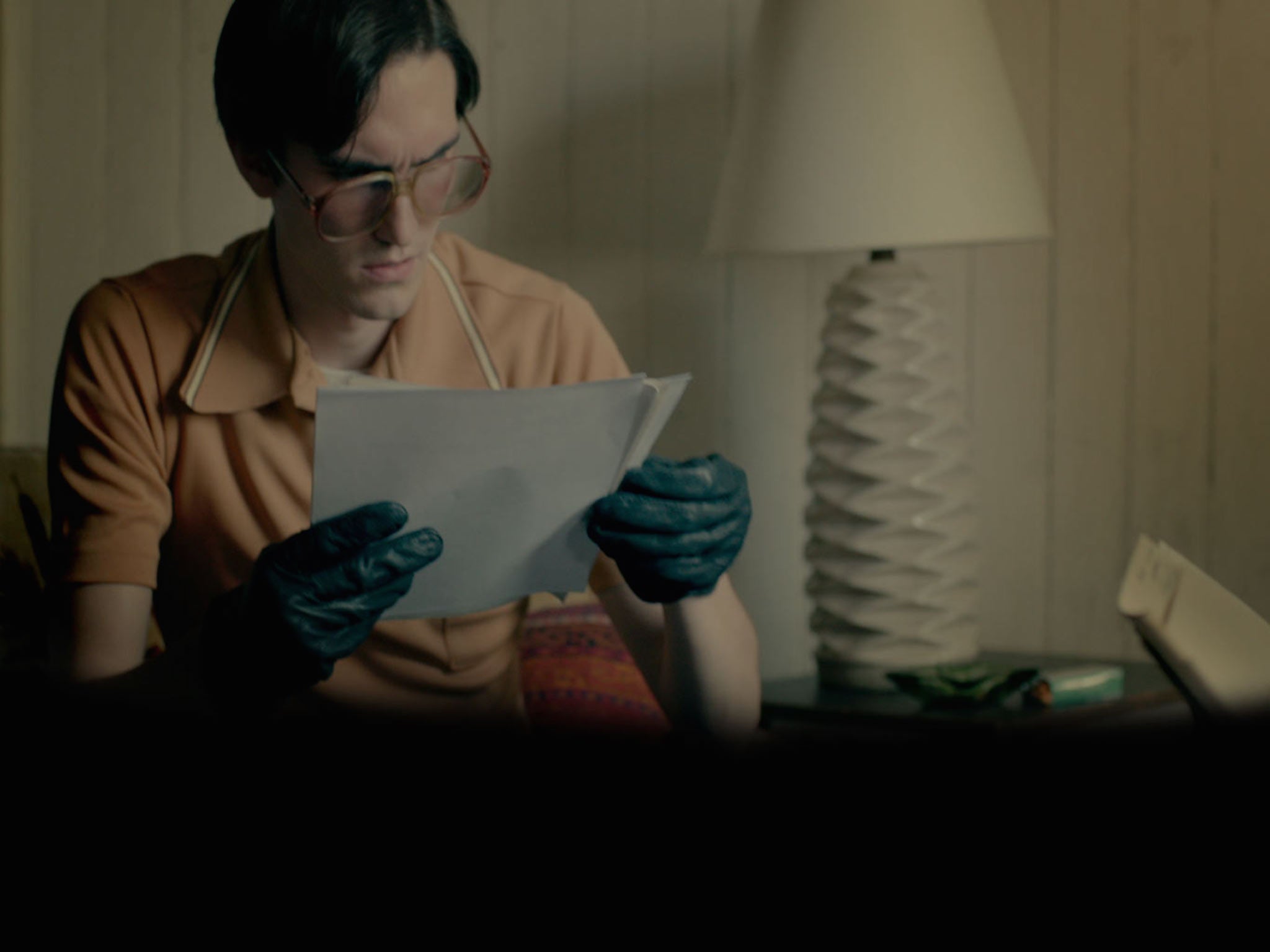
They are older now, some of them are frail. One has passed away.
But more than 40 years ago they were involved in an unlikely, unprecedented break-in at an FBI office and the release to the media of thousands of pages of documents that revealed staggering institutional abuse. Their effort to reveal the extent of government snooping preceded by four decades that of National Security Agency contractor Edward Snowden.
The eight members of the group, which called itself the Citizens’ Commission to Investigate the FBI, were never identified, despite a huge man-hunt, and they swore themselves to secrecy. These days, few people even know about the break-in.
Last year the veil slipped, at least for some of them, with the publication of a book by the Washington Post journalist who in 1971 was the first to publish the information the group obtained. Now, the five members of the group who have been identified and their remarkable story is to receive a wider audience with the release in the US this weekend of the documentary 1971 by British filmmaker Johanna Hamilton.
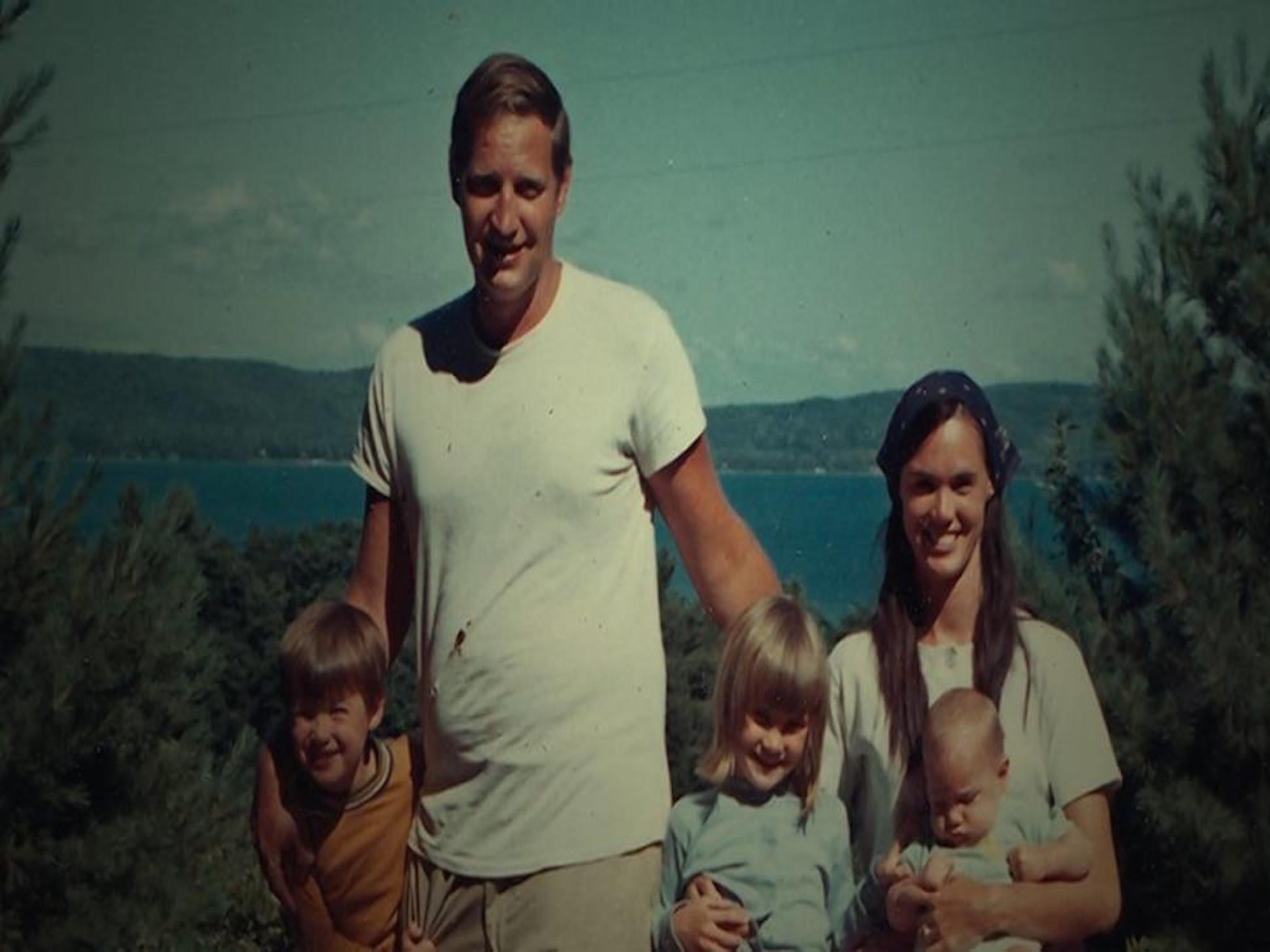
“Back then they were the first people to provide empirical evidence,” Ms Hamilton told The Independent. “They got a national conversation started that had never happened before. I think Snowden did a similar thing.”
The group – the publicly identified members are Keith Forsyth, a taxi driver, social worker Bob Williamson, John and Bonnie Raines, a middle-class couple who had three young children, and the late Bill Davidon, a physics professor – lived in the Philadelphia area and were active in the anti-Vietnam movement.
Yet they were increasingly concerned about the threats to dissidents and fears that the movement was being spied upon by agents from the FBI, headed by its menacing and powerful director J Edgar Hoover. They believed they could expose what was happening if they could break into an FBI office and obtain the bureau’s own documents.
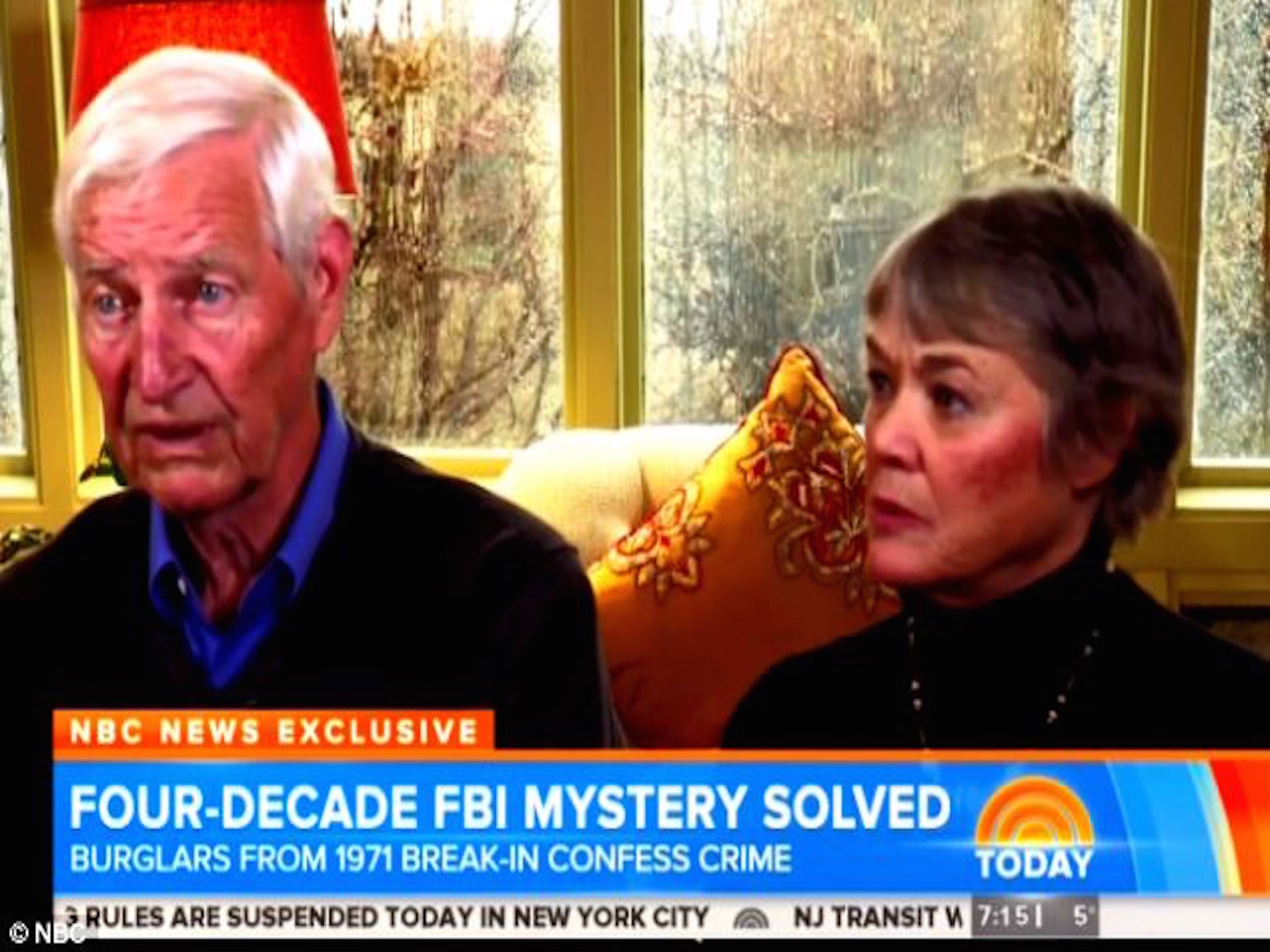
The group, which originally numbered nine but was reduced to eight when one member dropped out, decided to target an FBI office in Media, a suburb of Philadelphia and a location they identified by looking in the phone book.
To try and and ensure a distraction, they decided to carry out the break-in on the night March 8 1971, the evening when Muhammad Ali was fighting Joe Frazier at New York’s Madison Square Garden in what would become known as the Fight of the Century. It seemed half the country was watching the television that night.
As a result of the burglary, a dramatic reconstruction of which is featured in the documentary, the group was able to able to obtain thousands of documents, which revealed a massive abuse of the FBI’s powers and confirmed the members’ suspicious that the bureau was spying on the movement and orchestrating dirty tricks to smear its members.

Wearing rubber gloves to ensure they left no trace of fingerprints, the group photocopied the documents and posted them to journalists at the Los Angeles Times, the New York Times and the Washington Post. It was only the Post, led by editor Ben Bradlee and publisher Katherine Graham, who printed the revelations.
The article referred to an FBI document written at the bureau’s headquarters which urged agents to step-up their their interviews of anti-war activists.
“It will enhance the paranoia endemic in these circles and will further serve to get the point across there is an FBI agent behind every mailbox,” said the instructions.
After the Post printed its story, other medial outlets followed. The revelations sparked a widespread debate within the US about the role of the FBI and led in 1975 to the establishment of the United States Senate Select Committee to Study Governmental Operations with Respect to Intelligence Activities, also known as the Church Committee.
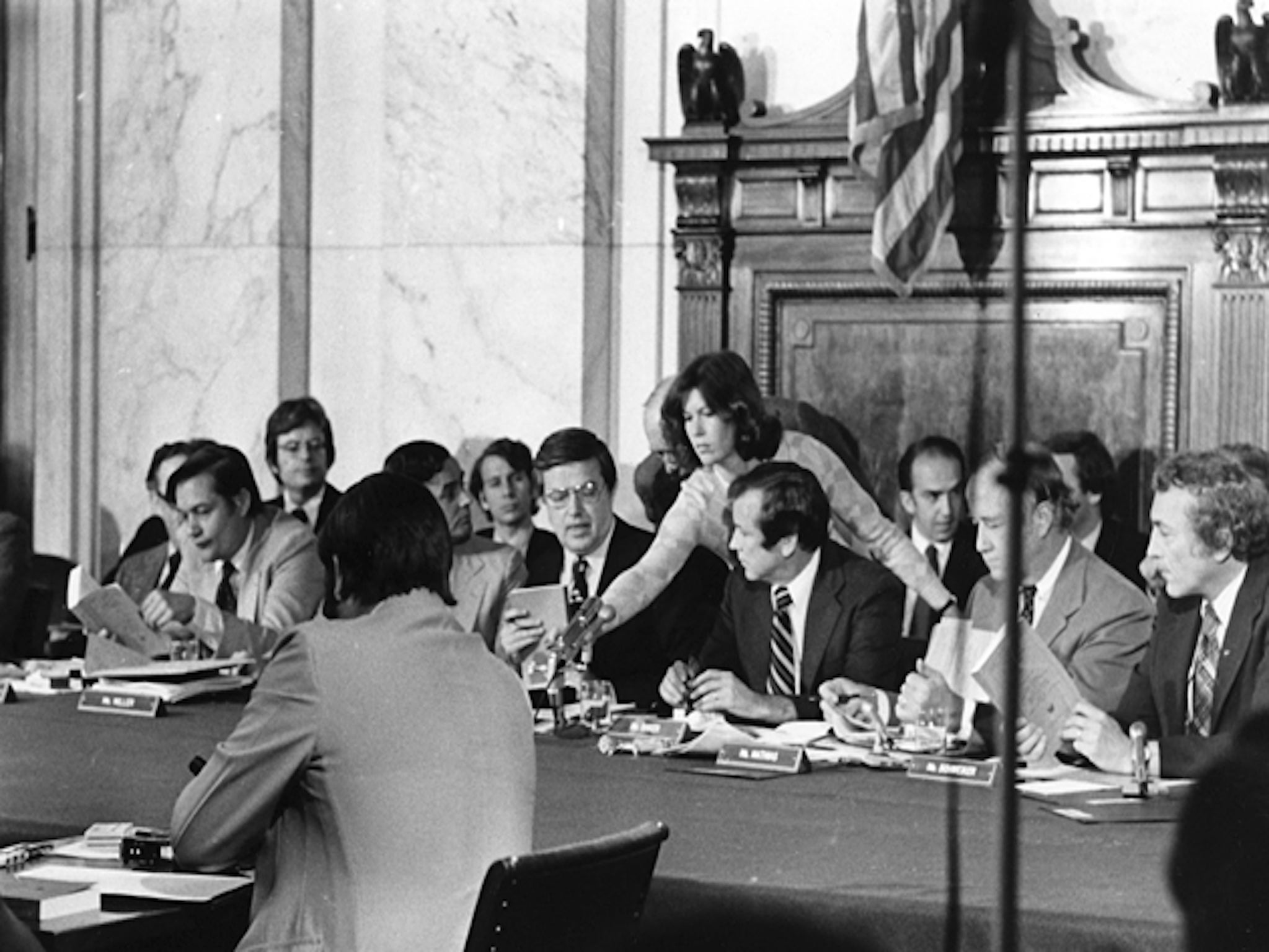
Because the FBI was unable to trace the, the group involved in the break-in were never charged. Those surviving members who agreed to be identified only did so last year with the publication of The Burglary: The Discovery of J Edgar Hoover’s Secret FBI.
The book was written by Betty Medsger, a former Washington Post reporter and the person who wrote the first article about the revelations 44 years ago.
She spent years sifting through the FBI’s case file about the break-in and also reading documents the FBI was forced to release under Freedom of Information requests. Many of the thousands of documents were released, indirectly, because of a single sheet of paper from the break-in at Media which dated from 1968 and bore the word Cointelpro.
It was several years later when another reporter, NBC News’s Carl Stern, obtained more FBI documents that the details of bureau’s Cointelpro, or Counterintelligence Programme, were revealed. One incident revealed the writing by agents of blackmail letter to civil rights leader Martin Luther King, threatening to reveal his extra-martial affairs if he did not commit suicide.
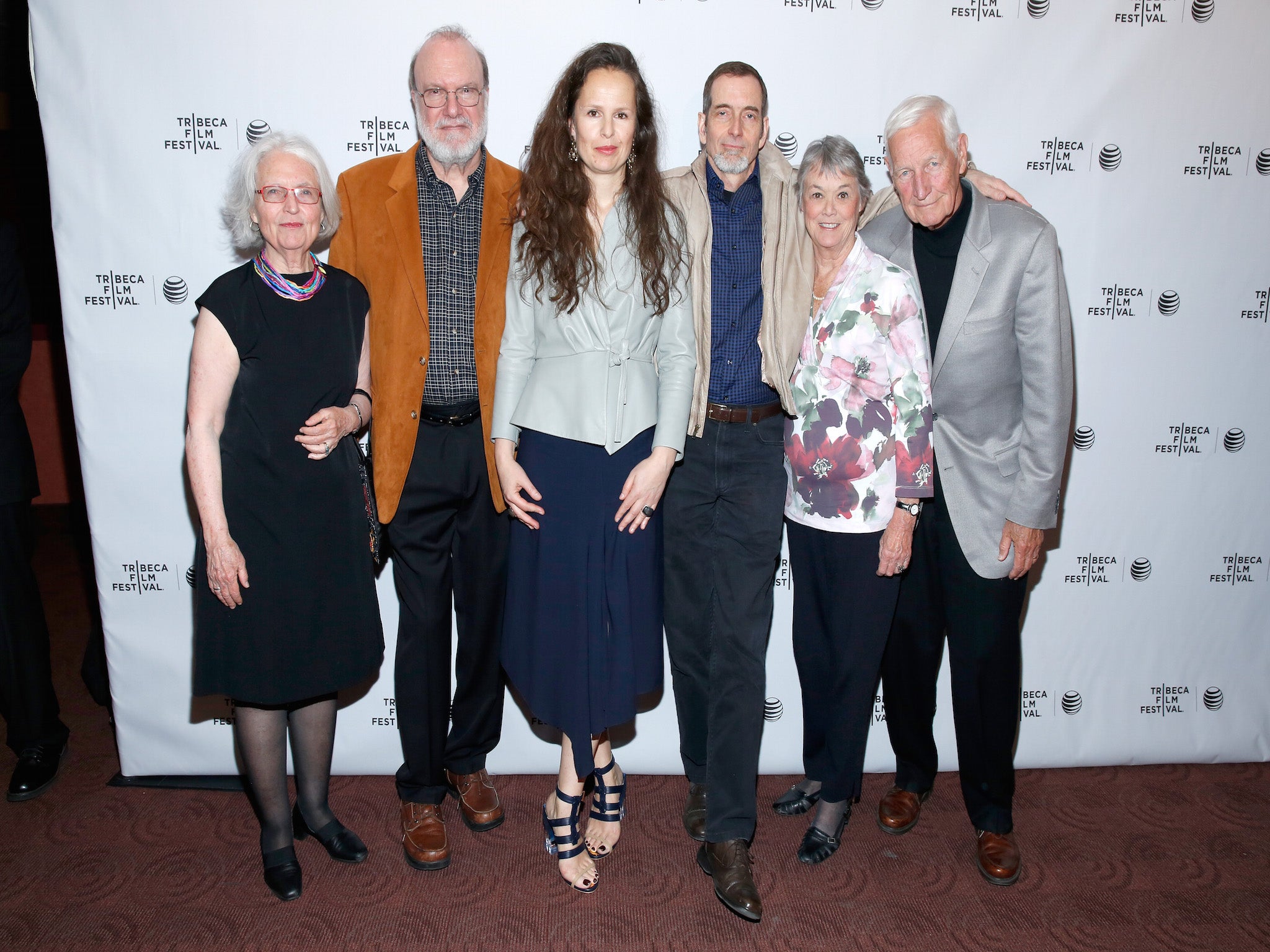
This week, Mr and Mrs Raines, along with Ms Medsger and Ms Hamilton, were present at a screening of 1971 in New York organised by the New America Foundation and the Brennan Centre for Justice.
In 1971, Mr Raines and Mrs Raines had arranged for their children to be cared for by a family member if they were caught and jailed. They said they were aware of the risk they were taking but believed that nothing would change if they did not act.
Mr Raines, now aged 81, was asked why the group of amateurs had been able to break in and obtain the files. He said: “Arrogance. The FBI never thought anyone would break into their office. That was something they did to other people.”
Follow Andrew Buncombe on Twitter: @AndrewBuncombe
Join our commenting forum
Join thought-provoking conversations, follow other Independent readers and see their replies
Comments